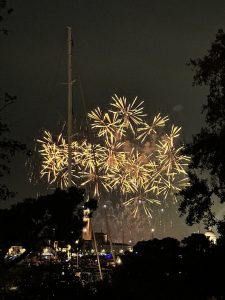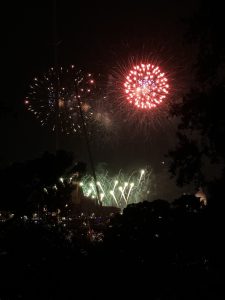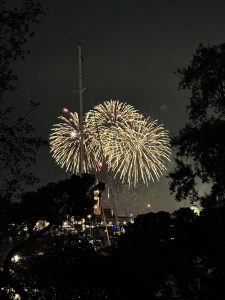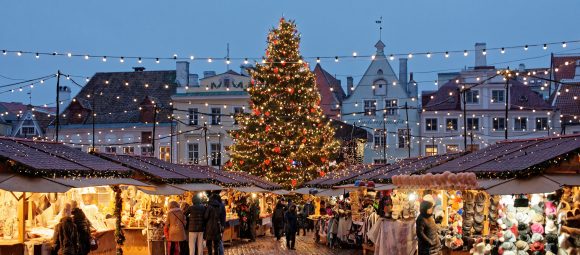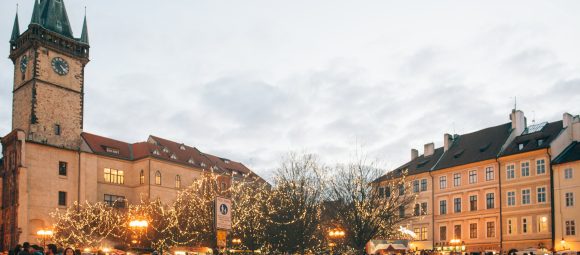Venice Beyond Carnival: The Redentore Festival and Its Sacred Splendor
When one thinks of Venice, the imagination often drifts to images of masked revelers at Carnival or gondolas drifting through misty canals. Yet, for Venetians themselves, one of the most beloved and emotionally resonant celebrations is not Carnival, but Festa del Redentore — the Feast of the Redeemer. Held every third weekend of July, this festival blends sacred remembrance with joyous community gathering, fireworks, and age-old traditions.
A Festival Born of Gratitude
The origins of the Redentore Festival date back to 1577, in the aftermath of a devastating plague that had claimed tens of thousands of lives in Venice. Seeking divine intervention, the Venetian Senate vowed to build a magnificent church dedicated to Christ the Redeemer if the city was delivered from the epidemic. When the plague subsided, the promise was fulfilled.
The result was the Church of Il Redentore, a stunning architectural masterpiece by Andrea Palladio, built on the island of Giudecca. The first thanksgiving procession across a temporary pontoon bridge was held in July 1577, and has been repeated annually ever since.

Sacred and Social: A Venetian Duality
At its core, the Redentore Festival is a religious observance — a moment for Venetians to remember the lives lost and give thanks for deliverance. But like many Venetian traditions, it carries a rich social and artistic dimension as well.
On the Saturday evening before the third Sunday of July, Venice comes alive in anticipation. Locals decorate boats and terraces with lanterns, flowers, and flags. Hundreds of boats gather in the Giudecca Canal, forming floating dining rooms where families and friends eat, drink, and celebrate. The atmosphere is one of joyous intimacy — part religious, part hedonistic, part aesthetic.
At 11:30 p.m., a spectacular fireworks display lights up the sky and reflects across the lagoon, echoing the city’s Baroque splendor and theatrical soul. The next day, a solemn mass is held at the Redentore Church, with the pontoon bridge from Zattere to Giudecca once again allowing the faithful to walk across the water in procession.

Why It Still Matters
Unlike Carnival, which draws international tourists by the thousands, Redentoreremains a profoundly local festival. For Venetians, it is a moment of identity and resilience, a reminder of their city’s ability to survive catastrophe — from plagues to floods to modern overtourism.
The pontoon bridge and the midnight fireworks symbolize more than spectacle; they represent a continuity of Venetian memory and defiance, the strength of a city suspended between sea and sky.
Where to Experience It
Artistic Echoes
Redentore has inspired Venetian painters and chroniclers through the centuries. While not as frequently depicted as Carnival, its themes of salvation and light echo in the works of Canaletto and later Venetian impressionists, who captured fireworks and reflections in oil and watercolor. Contemporary art installations and photography also reimagine the bridge and ritual in modern terms.

Tips from Your Author
If you’re planning to witness the Redentore Festival in person, here are some firsthand insights to make the most of the experience:
The central waterfront area of Venice — stretching from Palazzo Ducale all the way toward Giardini — is restricted to ticket holders during the main celebrations. Special dinner tables are arranged along the waterfront, offering a festive and exclusive setting to dine under the stars while awaiting the fireworks.
Many Venetians and visitors also choose to rent boats for the evening — the view of the fireworks from the water, surrounded by the glowing lanterns of hundreds of vessels, is nothing short of magical.
Your author once had the unforgettable experience of watching the full hour-long fireworks display from a window near Giardini, a spot that remains free and spectacular. It’s one of the best vantage points in the city for those who prefer a more spontaneous and less formal celebration.
In 2025, the Redentore Festival will be celebrated in Venice on July 19–20 — mark your calendar and prepare to be moved by one of Venice’s most heartfelt traditions.

